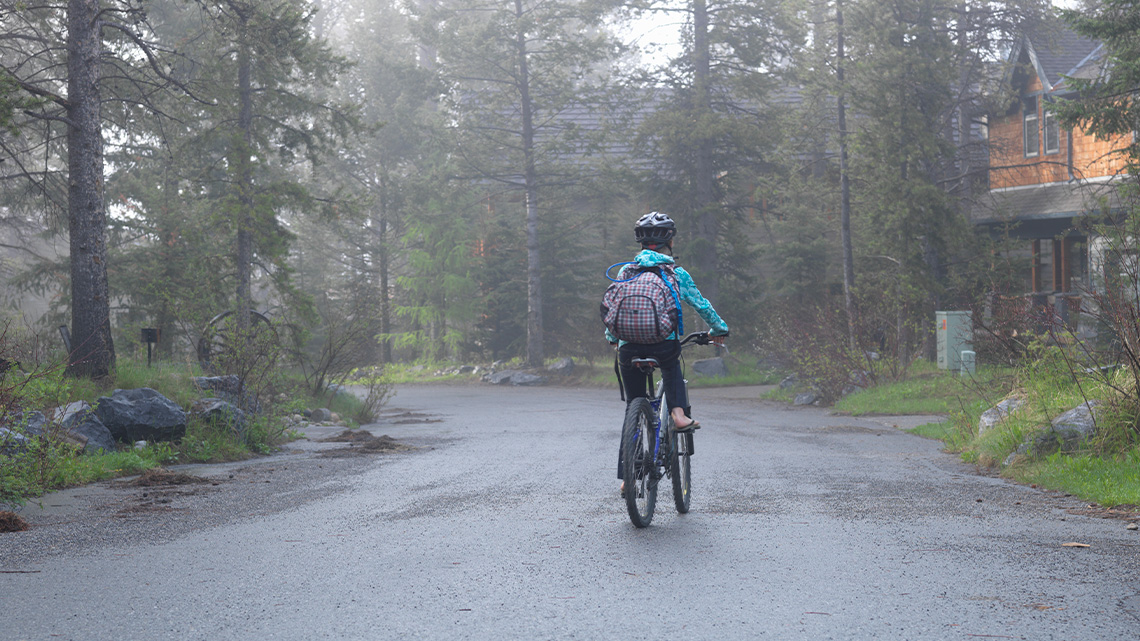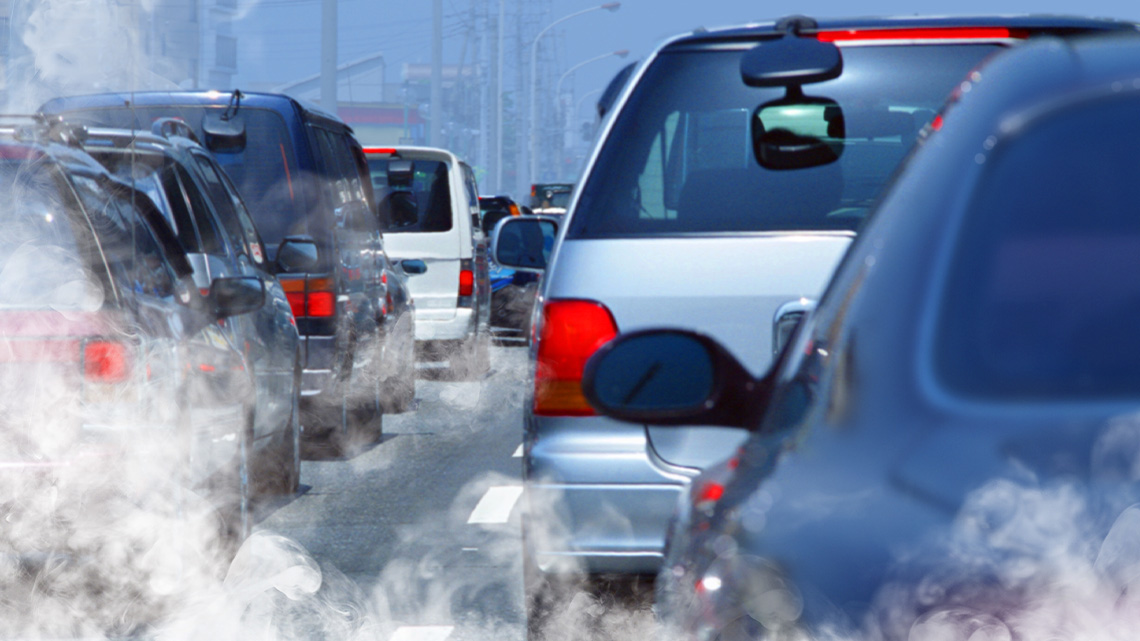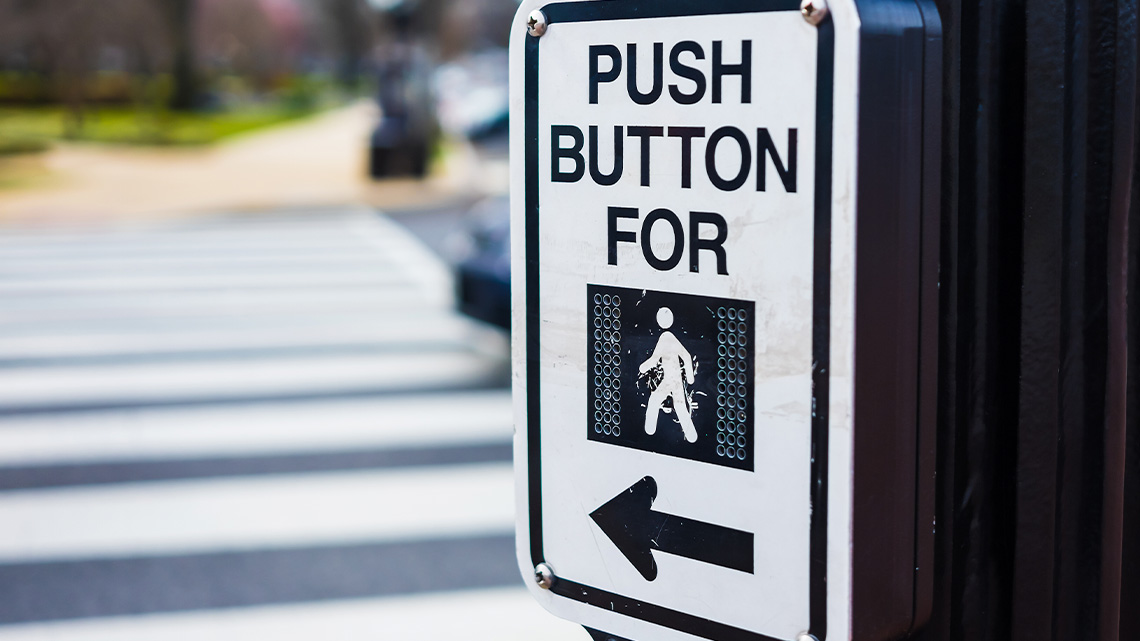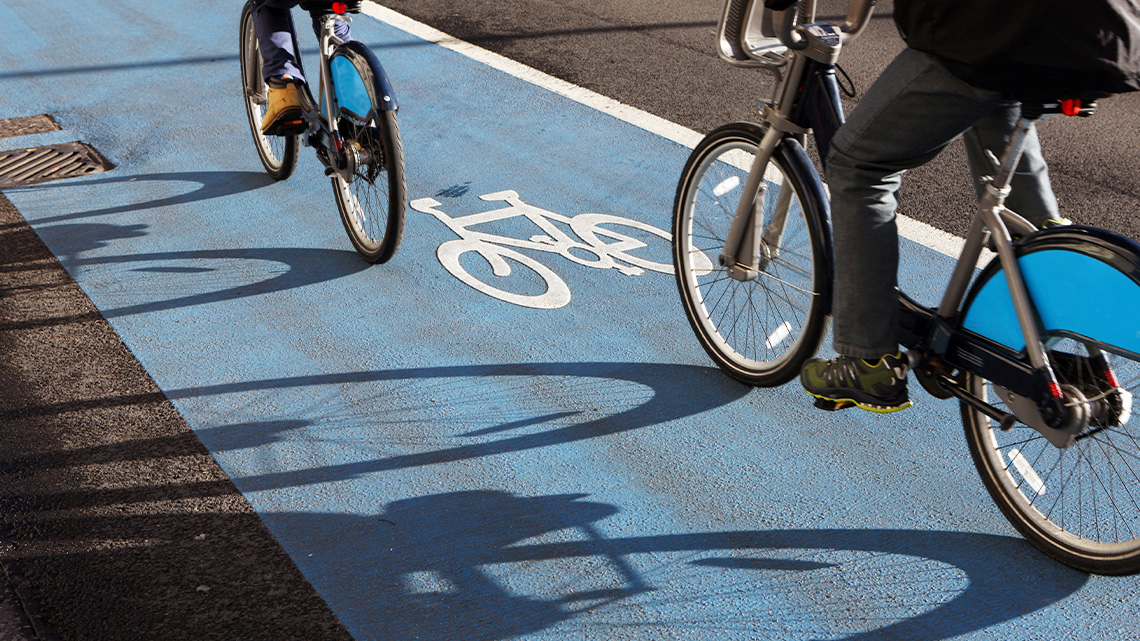Minds On
Transportation and health

Active transportation methods and technology can be used to help people travel. Active transportation, which is a form of physical activity, includes any type of transportation that is human-powered. This may include walking, running, biking, non-motorized wheelchairs etc.
Other types of transportation include anything that is motorized or uses technology. This may include cars, buses, subways, trains, scooters etc.
There are pros and cons to both forms of transportation for people and the environment.
Consider different types of transportation and record some examples of the pros and cons to both active transportation and technology-based transportation on people and the environment.
Record your ideas in a method of your choice.
Action
Active transportation and other activities

In the Minds On, we explored different examples of transportation and considered the pros and cons.
Using active transportation (transportation which requires physical movement) can help a body get daily physical activity. Walking or riding a bicycle are two examples of this type of transportation. Can you think of others?
What might be some of the pros and cons of active transportation?
Press ‘Possible Answer’ to access the pros and cons impacts of active transportation.
It can also help to strengthen a body’s immune system which helps to keep from getting sick. This type of transportation is also said to improve moods, concentration and focus.
A possible con might be that the person needs to travel too far for them to use a type of active transportation.
Active transportation might not always be the most appropriate option depending on where a person needs to go based on distance and the safety of the route. (ex. lack of bicycle lanes.)
Other types of transportation
Using motorized vehicles for travel (i.e. cars, buses, trains) have many pros. They allow people to travel long distances. They have plenty of storage for travel needs. They can also provide access to travel in most weather conditions.
What might be some of the cons about using motorized vehicles for transportation?
Press ‘Possible Answer’ to access examples of negative impacts of other types of transportation on the body.

Participating in different forms of activity can help benefit the body systems in a variety of ways. Movement is a good way to help keep the body healthy. People should try to seek a balance between forms of transportation that involve limited movements with forms that involve a variety of different movements.
Another negative impact may be air pollution. One of the largest sources of air pollution in Canada is transportation. This is because of the fossil fuels used to power many motorized vehicles on the road and the exhaust fumes that come from these vehicles while they are running. Air pollution can affect people’s respiratory systems, cardiovascular systems, and cause diseases that affect the lungs and heart.
Body systems
Let’s consider how the body works to engage in different movements and activities.
 Description
Description
Part 1: The nervous system sends signals to different parts of the body. Example: brain.
Then there is an arrow pointing to the head.
Part 2: The cardiovascular system delivers nutrients to the body. Example: heart.
Then there is an arrow pointing to the heart.
Part 3: The respiratory system uses organs to breathe in oxygen and breathe out carbon dioxide. Example: mouth.
Then there is an arrow pointing to the mouth.
Part 4: The musculoskeletal system provides support and movement for the body. Example: joints.
Then there is an arrow pointing at the knee.
A few examples of the various human body systems include:
- the nervous system
- the cardiovascular system
- the respiratory system
- the musculoskeletal system
Let’s explore each in more detail using the following images and captions.
Image 1: This image of the cardiovascular system highlights the veins, capillaries and arteries that travel throughout the body from head to toe, including the arms and legs. These are represented as long red and blue tubes. The heart is also shown in this image and the veins and arteries that extend from the heart. Image 2: This image of the nervous system highlights the brain, spinal cord travelling down the back, nerves which are represented as threads travelling throughout the body from head to toe, including arms and hands. The brain is represented as a large oval shaped object at the top half of the head. Image 3: This image of the respiratory system highlights the nose and mouth area of the head, the nasal cavity and trachea which is a tube connecting the nose and mouth highlights to the two lungs which are oval shaped objects in the chest area of the body. Image 4: This image of the digestive system highlights the mouth area as a circle, then a tubular esophagus running down to the stomach, and tubular shaped small intestines, large intestines. Image 5: This image of the musculoskeletal system shows a person with half bones, half muscles. The muscle side highlights the muscles as long, thin and thick lines throughout the entire body, from head to toes and hands. The skeletal side highlights the skeleton inside the body. It includes the skull the spinal cord extending from the skull to the pelvis which is two bones at the bottom of the torso. There are bones extending from the chest to the shoulders, then down the arms into the hands and fingers. There are also bones extending from the pelvis down the leg into the feet and toes. Image 6: The immune system is spread throughout the body. In the throat are tonsils and lymph nodes, just below the armpit is the spleen, which is shaped like a bean. In the hip/stomach area is the appendix which is shaped like a wishbone or a large u. Then in the leg (although it is throughout your body) is the bone marrow which is the spongy inside of most of the bones in the body.
Learning check!
For each term, select the corresponding description.
Types of active transportation
Next, let’s learn about the different body systems which might be used to support a person as they engage in an activity.
Explore the following two examples of vehicles that need the body for power.
While exploring these examples, take note of the information shared.
Kayaking
Check out the following video about kayaking.
What did you notice about the way the kayakers moved their paddles?
Let’s explore body systems used when paddling in a kayak.
The major systems of the body needed for kayaking include the musculoskeletal system and the cardiovascular system. The muscles, bones, joints, tendons, and ligaments work together to move both ends of the paddle and to stabilize the body in the boat.
There are 7 major muscle groups that are in action while powering a kayak! These include muscles in the arms, back, core, legs, and chest.
Kayaking also needs the heart pumping the blood using the cardiovascular system to keep moving the body for the length of the kayak trip.
Basketball
Check out this video entitled “Basketball” to learn more about how Lachlan plays wheelchair basketball. Consider what kind of body systems are working together as Lachlan shares different basketball techniques
There are many body systems working together when Lachlan plays basketball. The musculoskeletal system is engaged to move and throw the ball. Some of the muscles might include those in the neck, chest, arms and back.
The cardiovascular system is also needed to pump blood through the body and the respiratory system is working to inhale oxygen into the body and exhale carbon dioxide throughout.
Your turn
Choose a type of active transportation, sport or other physical activity that requires the systems of the body to power it. Research information on this type of transportation that includes the following:
- body systems that are needed
- why those body systems are needed
- a short clip or image of someone engaging in this mode of transportation
Before beginning your research, explore this video that explains the scientific research process and the steps involved.
Check out this video to learn about the steps of the Scientific Research Process.
Keep your notes, as you will be adding more information to them in the next section.
Safety
Safety is very important when engaging in these types of transportation. There are many technologies that have been developed to help people be safe while moving in these ways.
For example, cities and other communities can use technology to create safe intersections for non-motorized vehicles.

This can include creating specified lanes for cycling or strolling that are beside the road or divided with barriers.

It also can include adding technologies to pedestrian crosswalks to get them across roads safely. Some examples of this might be:
- using coloured paint on the roads
- providing sounds on crosswalk signals
- extending the time of walk signals
Additionally, when people have access to safety equipment, they can keep their bodies safe. Feeling safe is important for healthy well-being. If community members know that they can move safely they will be more willing to use modes of transportation or engage in activities that have a positive impact on their bodies.
Let’s explore the following types of wearable safety technologies that help people feel and stay safe while kayaking.
Pause and reflect
Pause and reflect
Why do you think the safety technology and/or equipment continues to get better for kayaking and other types of transportation?
Add to your research
Return to your chosen type of transportation. What are two pieces of safety equipment that people can use to stay safe while moving?
Record your safety technology and/or equipment in your notes.
Consolidation
Bringing it all together
This learning activity connects new and existing approaches for young scientists to create positive changes in their communities.

You have learned a lot of information about your chosen type of active transportation, sport or activity and the safety technologies used.
How might you share this learning in a scientific way?
Scientists use labelled diagrams to help them review scientific learning. A labelled diagram may be a drawing, chart or graph that includes specific information.
Explore the following example of a labelled diagram which shares the components, safety equipment and body systems used while kayaking.

A labelled diagram showing a smiling child dressed appropriately for kayaking. The labels refer to the components, safety equipment and body systems used while kayaking, including a headlamp, life jacket, paddle, kayak, cardiovascular system, musculoskeletal system, and GPS tracker.
Your task is to create a labelled diagram of your chosen type of transportation, sport or activity, digitally or on paper.
Please include the following in your labelled diagram:
Criteria for labelled diagram
Let’s think!
Can you think of a technology or innovation that could be created that could enhance safety, positively impact the body or improve your chosen mode of transportation further?
For example, an application could be added to a kayaking GPS that identifies water hazards in the kayaker’s current location. This would enhance safety for kayakers.
Record your ideas in a method of your choice.
Reflection
As you read through these descriptions, which sentence best describes how you are feeling about your understanding of this learning activity? Press the button that is beside this sentence.
I feel…
Now, record your ideas using a voice recorder, speech-to-text, or writing tool.




